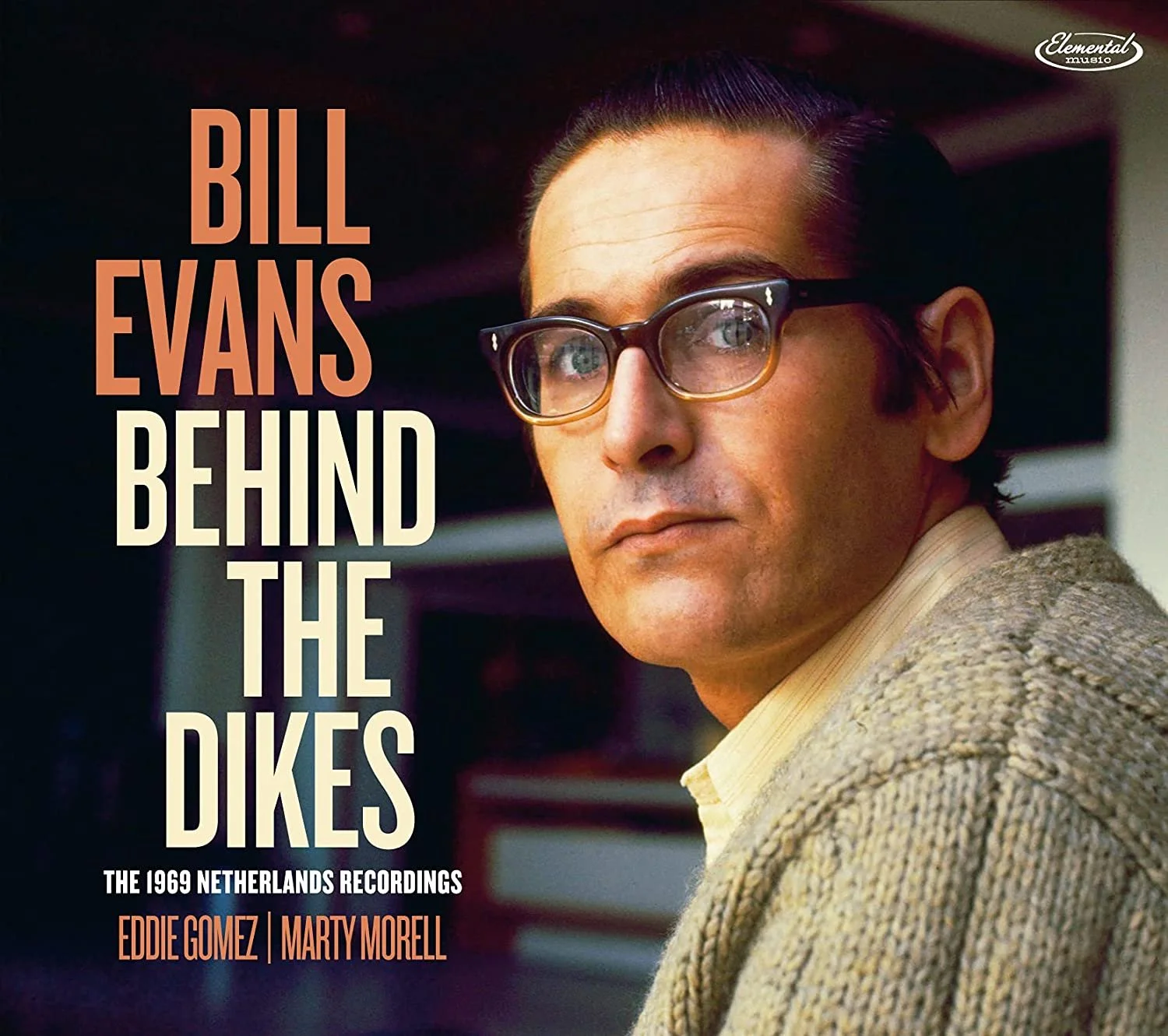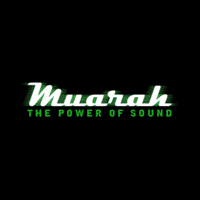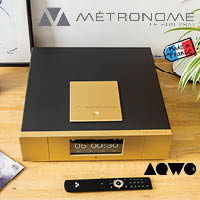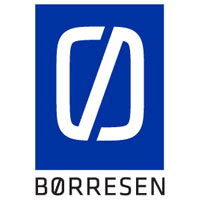Apple HomePod Gen 2 (2023)
The Gen 2 HomePod is Apple’s second kick at the large smart speaker can. The first, the highly mixed bag HomePod, was an uncommon Apple failure. Some sources say that Apple only reached 6% home immersion in the once lucrative home automation market. It was dropped soon after. More atypical behaviour from Apple.
So why bring this new one onto the market and, more importantly, who, if anyone, is going to buy it?
If you are in the right demographic and you own an iPhone and dig Siri, read on. If you are in another ecosystem, Google, Amazon, etc, the new Gen 2 is not for you. Moreover, if you want to take the HomePod to its zenith, as with the original, you’ll need to buy two and pair it in stereo for a pretty good “surround” music and TV experience (it cannot be paired with a Gen 1 or Mini). Add to the $299 cost per HomePod, you’ll need another stalwart of the ecosystem, an Apple TV 4K.
But let’s review the speaker in its primary function, as a single point, smart speaker. How does it do?
First, the differences. Five years after Gen 1, the new Gen 2 HomePod is $50 cheaper, is very slightly smaller (if you have a Gen 1, its difficult to tell the difference in size), gets a new colour (midnight with a hint of very dark blue in the mesh replacing “Space Grey” in addition to standard Apple White), top display is about the same size but inset, uses the same woofer in the same top position, reduces the tweeters from 7 to 5 (and in a slightly different position) and reduces the 6 mics to 4.
Technically, Apple adds a temperature and humidity sensor with sound detection, both of which can send alerts (smoke alarm, etc) to your iPhone in the case of an emergency, and this time, Apple gives the user a removable power cord.
Sure, you can airplay to it, but musically you are basically stuck with Apple Music. No native Spotify support (forget “Hey Siri, play my jazz Spotify playlist”).
For future proofing, the HomePod has a Thread radio so it can serve as a Matter hub. These two names may finally help push the black art of home automation to the 21st century! Meaning, any device with both native support, will speak cross-platform, Google to Amazon, Apple to Google, etc.
While Alexa on Amazon is a busybody and chatty Kathy and Google Assistant continues improving, Siri is still dumb as a bag of hammers. The mics in the device are very effective and can pick up your voice from afar even with a noisy background, but then Siri drops the ball more often than not. Also, Apple’s security protocols inhibit a freewheeling attitude.
So we’re down to sound quality for purchase unless one of the new tricks is your main interest. If Thread and Matter intrigue, I’d give them a minute to settle in.
Features and Specifications
4-inch high-excursion woofer
An array of five horn-loaded tweeters, each tweeter with its own neodymium magnet
Internal low-frequency calibration microphone for automatic bass correction
Advanced computational audio with system sensing for real-time tuning
Room sensing
Spatial Audio with Dolby Atmos for music and video
Four-microphone design for far-field Siri
Multiroom audio with AirPlay
Stereo pair–capable
2.3 kg
Sound
As I’ve mentioned before and in opposition to the mainstream tech media yelling the “a word” from the heavens, the HomePod continues not to be an audiophile product. Its size limitations see to that. This doesn’t mean it’s not an effective musical communicator, especially when it can play Apple’s Spatial Audio, Dolby Atmos and other musical tricks, the number one being Apple Lossless, meaning, finally, CD quality sound.
In this way, the new follows the old. Tonal qualities are similar—lots of DSP pumping bass, with the mids front of house and a lovely, un-screechy treble. In fact, I’d say the treble is better here. My old HomePod was sold off years ago, so take the aural memory with a grain or three. But they both emphasize Apple’s view of the audio world—there’s a transistor, computation, and chip for that. This chip is the latest S7.
Listening casually, walking around the house, cooking, etc, the Gen 2 continues the original impressive layered sound from wherever it’s placed. Its innards take in its location and fixes any anomalies. I left mine on the sideboard next to two SONOS 1s, both of which looked down at the Apple attempt at musicality in a condescending way. In fact, you can get either one SONOS 1 or one HomePod Gen 2 and have a similar musical experience (I don’t use the Google voice native support in my SONOS system), so a fair comparison. Add another 1 in stereo, an Arc soundbar and the marvellous SUB, and you have an Apple killer at 4 times the price of a HomePod stereo pair.
Heavily processed music was an obvious pairing, but jazz (Bill Evans) and classical (chamber and, slightly less so, orchestral) also sounded very good, giving my walk-arounds and breakfast at the bar lovely accompaniments. But anybody with an ear will only be tricked for so long. It’s a single-point sound source, and it’s working its ass off to produce the goods.
Summary
So who’s buying this thing? $299 is chump change for quality stereo equipment. Now it’s a good price at 50 bucks off. I think it’s for grandma and grandpa no longer interested in soundstage and imaging, are on a fixed income and living in a smaller place. They can listen to Apple Music with ease and the gazillion podcasts out there.
Students, both in high school at home or in a university dorm, will eat these up. They look cool, sound good placed just about anywhere and you can tell Siri to lower the volume from your bed while eating last night’s pizza. Welcome to the 21st Century.
Further information: Apple



























